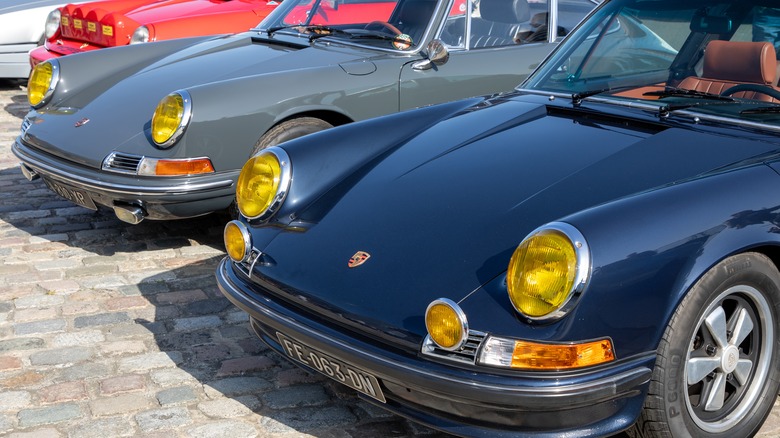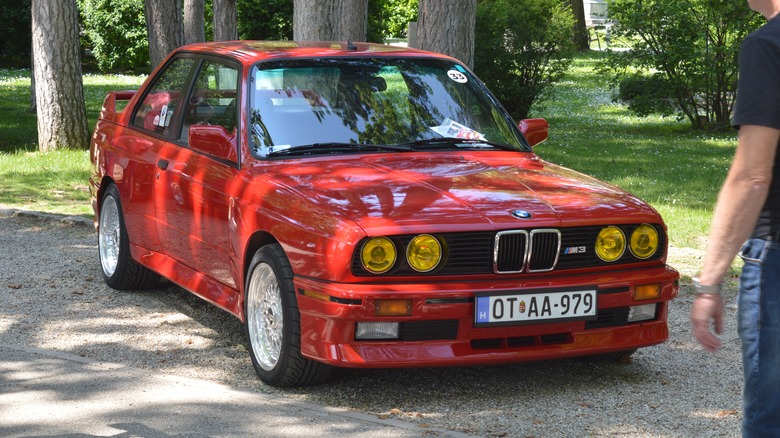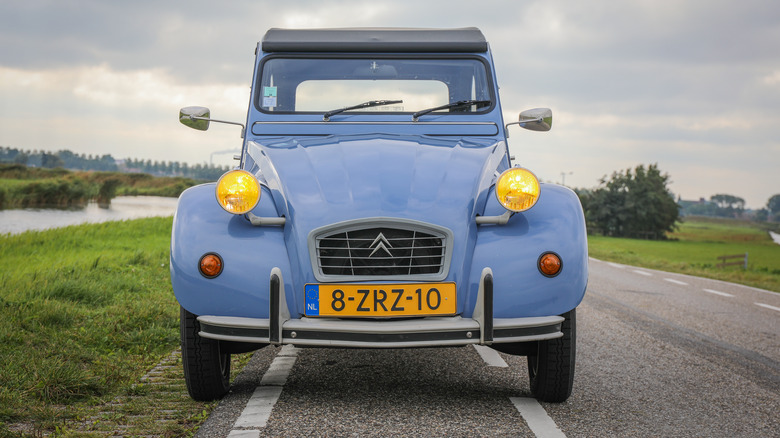Why Did French Cars Have Yellow Headlights?
There's a good chance that if you spot an old French car on a European road, its headlights will be glowing yellow instead of white. This was not a personal choice of a driver or a flashy add-on to give the cars a distinct look. In fact, for more than five decades, yellow headlights were the law in France. From 1937 to 1992, every vehicle on French roads was required to use them.
These yellow beams, officially called selective yellow headlights, became a familiar sight across Europe. The idea behind them was simple: Yellow light was believed to reduce glare and help drivers stay more alert during night driving. In fact, a study conducted in the 1930s even suggested that yellow light improved visibility by 8%.
French engineers and lawmakers believed that even a small improvement in safety while driving at night was worth pursuing. Although newer research later challenged that claim, the rule stayed in place long enough to become a signature part of France's automotive identity.
The logic behind France's yellow headlights
The science behind the yellow headlight decision was a mix of good intentions and evolving technology. At the time, headlights often caused serious glare, especially during night driving on poorly lit roads. France believed that yellow light, which filters out the more blinding parts of the color spectrum like blue and red, would reduce eye strain and make driving at night safer. Even though yellow lights gave off 15% less brightness than white ones, they were considered gentler on the eyes.
However, the numbers didn't exactly hold up forever. A later study from the British Road Research Laboratory found that yellow headlights actually decreased visual clarity by 2.5%. Still, with brighter bulbs, yellow lighting could match or even outperform the older white lights in certain conditions.
The belief stuck, and yellow lights became a big part of French driving. French automakers used everything from yellow coatings to colored filters to meet the law, and even motorsport wasn't exempt. The 24 Hours of Le Mans race used yellow headlights to help spot different classes of race cars at night.
A signature look that faded with time
Some people even believed that yellow headlights helped French forces spot enemy vehicles during World War II, but that's just a myth. The yellow light rule had already been introduced in 1936, before the war began. However, it's true that the French military supported the idea of the yellow headlights. By 1939, even cars built before the rule had to convert their headlights to yellow to stay road legal.
Over time, technology caught up with the law. Brighter and more efficient halogen bulbs became the new standard, and they worked far better with clear white light. Yellow-tinted halogens, on the other hand, could lose up to 30% of their brightness.
By the early 90s, Europe began standardizing lighting rules, and France officially dropped the yellow light requirement in 1993. Still, if you're driving through the countryside and see that soft golden glow from an old rare Citroen or Peugeot, you're seeing a piece of history still alive on the road.


